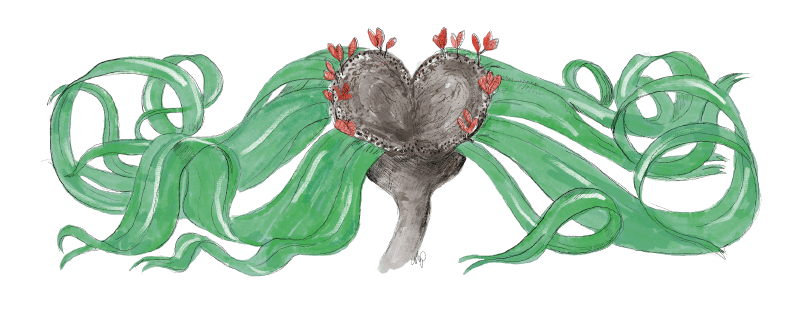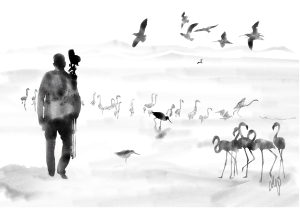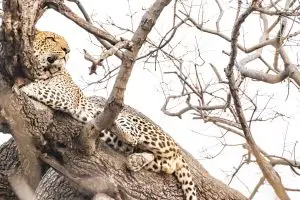Welwitsch, Baines, Livingstone, and the Discovery of the ‘Archaeopteryx of Plants
As a tour guide, you often hear comments like, ‘…that doesn’t look very impressive’ or ‘Is this supposed to be something special?’ Indeed, even renowned botanists from Kew have referred to this botanical wonder as the ‘ugliest plant in the world.’ However, I must urge caution here! We are dealing with a botanical marvel – the Welwitschia mirabilis!
Why ‘mirabilis’? It’s a true miracle!
ust as the Archaeopteryx was a creature bridging the gap between reptiles and birds (thereby confirming Charles Darwin’s theory on transitional forms), the Welwitschia serves as the “missing botanical link” between gymnosperms and angiosperms. As a cone-bearing plant, it possesses traits of gymnosperms, but it also exhibits characteristics of modern angiosperms, making it exceptionally unique! Moreover, it boasts an incredible record.
Conifers are trees and gymnosperms and hold several records:
- The tallest coastal redwood tree on Earth (Sequoia sempervirens).
- The thickest giant sequoia tree (Sequoiadendron giganteum).
- The tree with the largest crown (the Mexican bald cypress Taxodium mucronatum).
- The longest-lived pine tree (Pinus longaeva).
Welwitschias are dwarf trees, hunkering low on the ground with only two leaves that keep growing continuously—for over 3000 years! Thus, it is the plant with the oldest living leaves on Earth!
The botanist Friedrich M. J. Welwitsch, who discovered it, recognized its magnificence immediately. On September 3, 1859, he wrote to the English botanist Hooker, “I am convinced that I have seen the most beautiful and glorious thing that the tropical regions of South Africa can offer.” Hooker named the plant after him, although Welwitsch suggested the existing Angolan name “Tumboa.” And so, today, we know it as Welwitschia mirabilis.
Now, many of our guests understand why we can only grin and bear it when someone describes the Welwitschia as unimpressive…

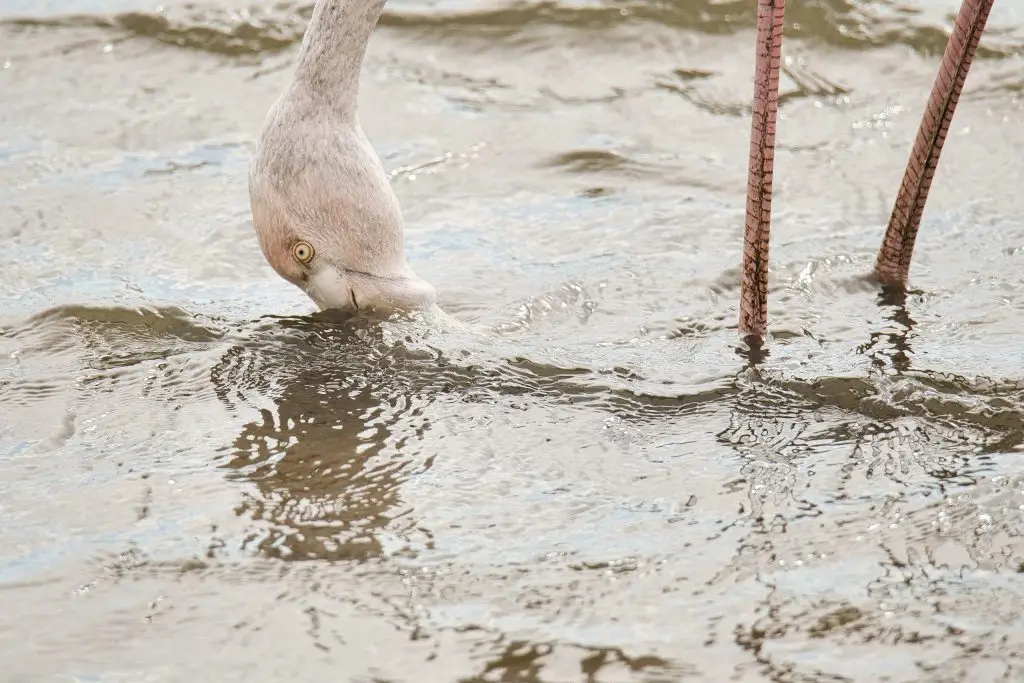
On his grave is inscribed: “All I can say in my solitude (in his diary, it reads ‘loneliness’) is, may heaven’s rich blessing come down on every one – American, English, Turk – who will help to heal this open sore of the world.
What does David Livingstone have to do with Thomas Baines?
David Livingstone was not the first white man in what appeared to be uncharted Africa. This fact greatly bothered him because only spectacular discoveries could secure further funding and support for his journeys! The slave trade was far too lucrative, and the Portuguese and Arabs had long since established routes into the interior of Africa. Livingstone dismissed the Portuguese as mixed-race individuals of uncertain descent, as he alone desired to be the first white man to open up dark Africa for missionaries and traders, making the Zambezi accessible to British commerce. The plan was to bring civilization to the local peoples, utilize the Zambezi as a highway, and be celebrated as an explorer.
And he would have succeeded if it weren’t for… yes, those cursed Kebrabrassa rapids, the perpetually shallow waterways, the malaria-infested mosquitoes, and, of course, the constant doubt within his ever-changing team… and the many deceased missionaries he had ultimately lured into disease-ridden areas.
Now we turn to Thomas Baines. He was on the journey with Livingstone and tasked with painting, drawing, and immortalizing the Zambezi’s development on canvas. His talent for this had already been proven as a war artist. Due to the constant changes in plans and the nearly impossible progress of the shallow-draft boat Ma-Robert on the capricious Zambezi, Baines was assigned to guard and manage the supply depot at Tete along with Charles Livingstone, David Livingstone’s brother.
It appears that Baines generously distributed supplies and used them for himself. Charles Livingstone reported to his brother that Baines was stealing and, at the expense of the expedition, was “skylarking” with the Portuguese (an old English term for fooling around or making mischief) by painting them and maintaining an unnecessarily good relationship with them. Envy and arrogance must have played a role here.
David Livingstone believed his brother’s accusations and dismissed Thomas Baines without conducting an inquiry.
Thomas Baines then, still feeling wounded, undertook an expedition three years later, from Walvis Bay through central Namibia and Botswana to the Victoria Falls, with James Chapman, in an attempt to “clear his name.” Unfortunately, Livingstone had already moved on, and Baines never got his chance for vindication.
And now, our themes are starting to come together. Because it was on this very expedition that Thomas Baines repeatedly painted the Welwitschia in 1861 and sent some specimens to England.
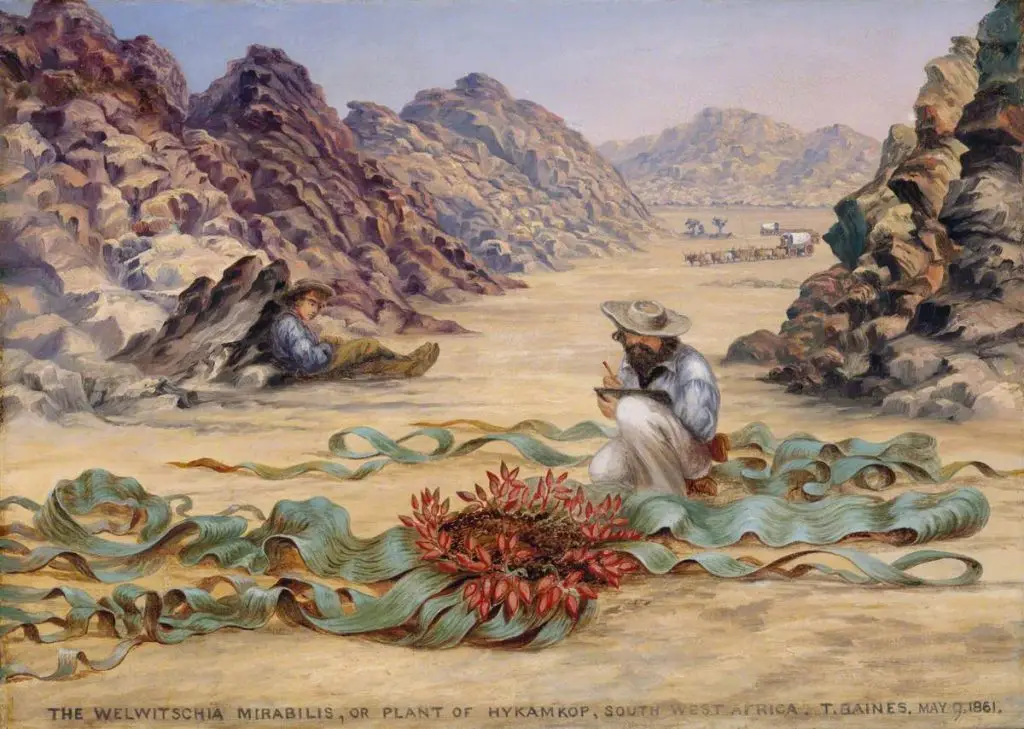

However, what did Welwitschia and Livingstone have to do with each other?
The ambitious and incredibly diligent Austrian, Friedrich Welwitsch, was a highly successful botanist who arrived in Portugal already holding a Ph.D. Within a few years, there was scarcely a plant species in Portugal for which Welwitsch hadn’t provided a location specimen. As a result, he was dispatched to the Portuguese colonies and, together with David Livingstone, was intended to traverse the African continent in Angola/Luanda.
However, Livingstone denied him participation and set out to the Zambezi without Welwitsch. Livingstone aimed to be recognized as the sole discoverer, and another “white man” would only be a hindrance.
Yet, Welwitsch didn’t need Livingstone and embarked on his own, often traveling on foot in search of plants. “If I piece together all the zigzag journeys I have undertaken in Congo, Angola, Benguela, and the islands of the Benin Gulf, it should easily become apparent that very few travelers have walked as far as I have,” wrote Friedrich M. J. Welwitsch to his fellow student and director of the Botanical Garden in Vienna, Fenzl, on March 8, 1866.
In summary:
In brief, had Livingstone taken Welwitsch along and not expelled Baines, neither of them would have discovered this plant. It would likely still be known as “Tumboa” or even less romantically as the “Desert Potato,” or more commonly, in Afrikaans, “Woestynkanniedood.”
(By the way, the name “Welwitschia mirabilis” was later proposed to be changed to “Welwitschia bainesii” since Baines made a significant contribution to the discovery, description, and artistic representation of the Welwitschia. However, the new name did not prevail, and to this day, the Welwitschia is, perhaps mistakenly, referred to by the species name “mirabilis.”)
How Livingstone’s reports helped end the slave trade
Livingstone was indeed morally questionable. However, his accounts of the Arab slave trade, where murder, rape, and torture were commonplace, ultimately prompted the British government to take swift action against the slave trade. Sir Bartle Frere, the Governor of Bombay, coerced the Sultan of Zanzibar, under the threat of a British naval blockade, to sign the well-known “Frere’s Treaty.” This effectively ended the slave trade on June 5, 1873!
Question of the Day: Was John Edward Gray ever in Namibia?
Isn’t this a fascinating plant? To visit it, you travel as a visitor to geologically stunning areas and are treated to more impressive observations. It may be that a very bright call captures your attention, leading you to one or more inconspicuous larks perfectly adapted to the bright desert floor. These are the Namiblerche (Ammomanopsis grayi), also known as Gray’s Lark in English. It’s supposedly named after the English zoologist John Edward Gray, who is said to have discovered this lark… however, I can’t find any proof that this Englishman spent time in our Namib Desert. Moreover, he would likely have discovered the Welwitschia. Can anyone provide further insight on this?

Last Updated on 4. June 2024 by Albert Voigts von Schütz

